

Window Seats
Las Vegas, July 2006
CopyLeft 2002-2008 Elvin K. Wyly
Except where otherwise noted, this site is
licensed under a Creative Commons Attribution 2.5 License
"Many critics, no doubt, will continue to focus on the tacky exuberance of the Strip and Glitter Gulch as representative of an entire metropolis of more than a million people. Others, however ... suggest that the city's ascendance might more perceptively be considered as an artifact of a culture undergoing substantial change." M. Gottdiener, Claudia C. Collins, and David R. Dickens (1999). Las Vegas: The Social Production of an All-American City. Oxford: Blackwell, quote from pp. 272-273.
"The atmosphere of the six-mile long Strip of hotel-casinos grips even those segments of the population who rarely go near it. Barely twenty-five hundred feet off the strip, over by the Convention Center, stands Landmark Towers, a shaft thirty stories high, full of apartments, supporting a huge circular structure shaped like a space observation platform, which was to have contained the restaurant and casino. Somewhere along the way Landmark Towers went bankrupt, probably at that point in the last of many crises when the construction workers still insisted on spending half the day flat on their bellies with their heads, tongues, and eyeballs hanging over the edge of the tower, looking down into the swimming pool of the Playboy Apartments below, which has a 'nudes only' section for show girls whose work calls for a tan all over." Tom Wolfe (1965). The Kandy Kolored Tangerine Flake Streamline Baby. New York: Farrar, Straus, and Giroux, quote from pp. 10-11.
"Billions of dollars from the world financial markets had been fashioned into the long line of multicolored casinos that lit the night sky. This spectacle of postmodernism, a combination of space and form in light and dark that owes nothing to its surroundings and leaves meaning in the eye of the beholder, is one of the largest private investments in public art anywhere. It produces no tangible goods of any significance, yet generates billions of dollars annually in revenue. Here is the first city of the twenty-first century, the place where desire meets capital, where instinct replaces restraint, where the future of a society, for better or worse, takes a form that had been inconceivable even a generation before." Hal Rothman (2003). Neon Metropolis: How Las Vegas Started the Twenty-First Century. New York: Routledge, quote from p. xi.
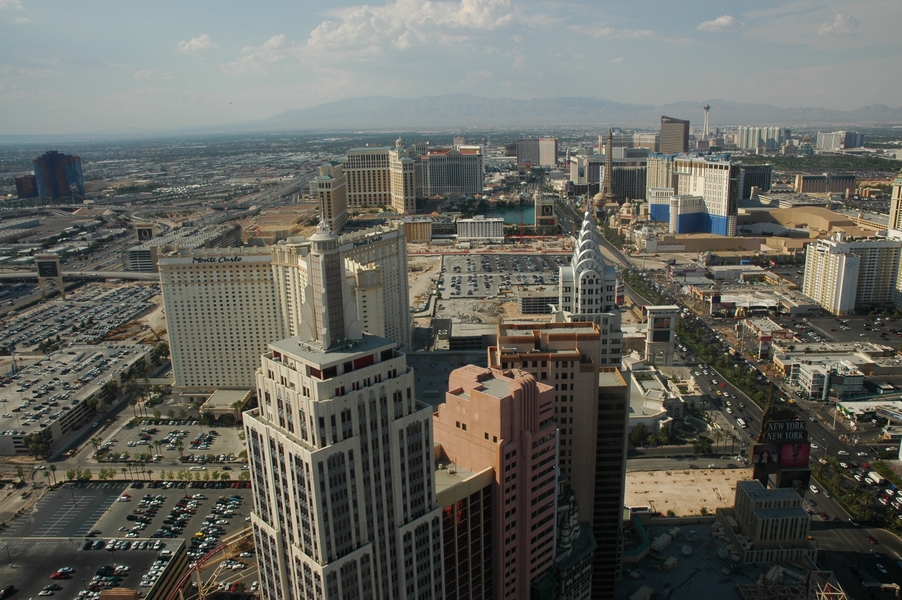 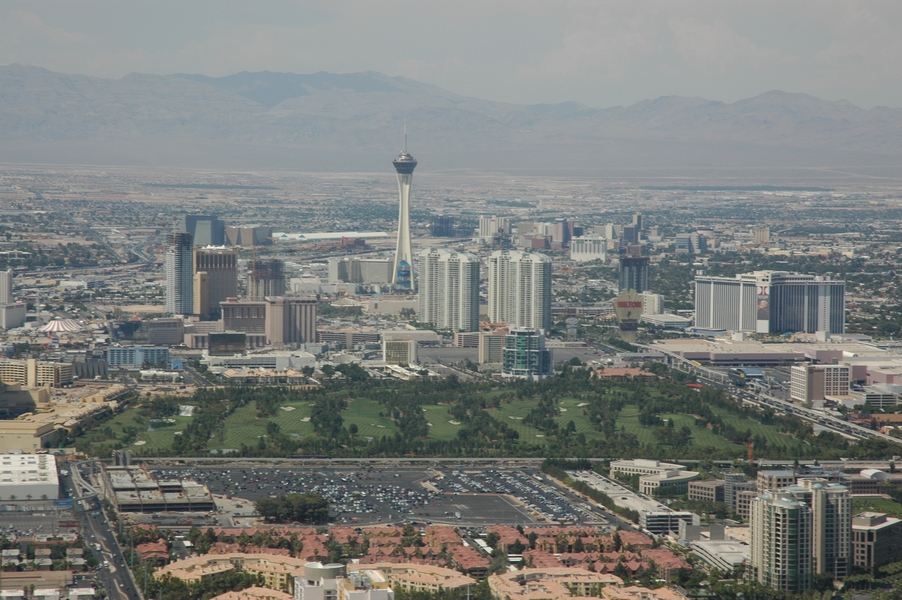 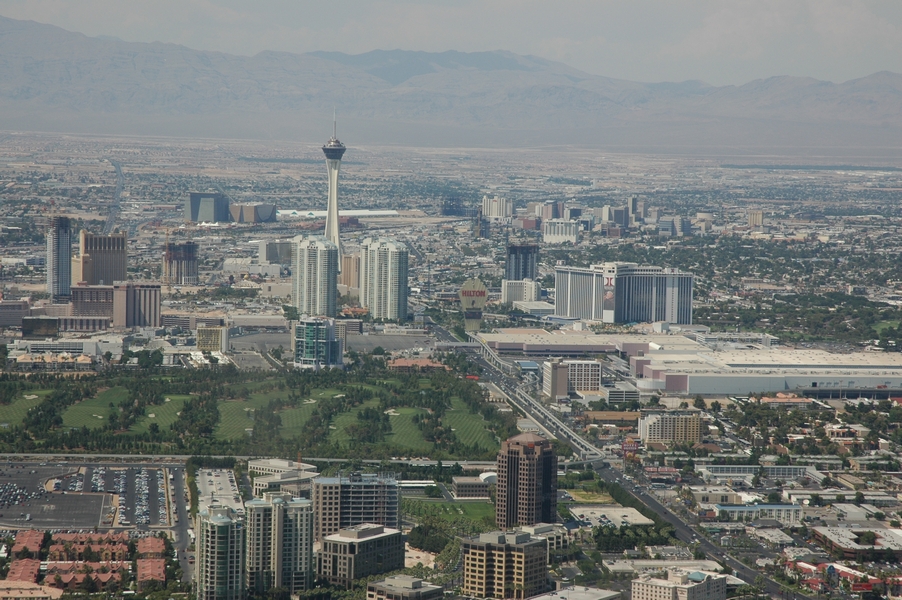 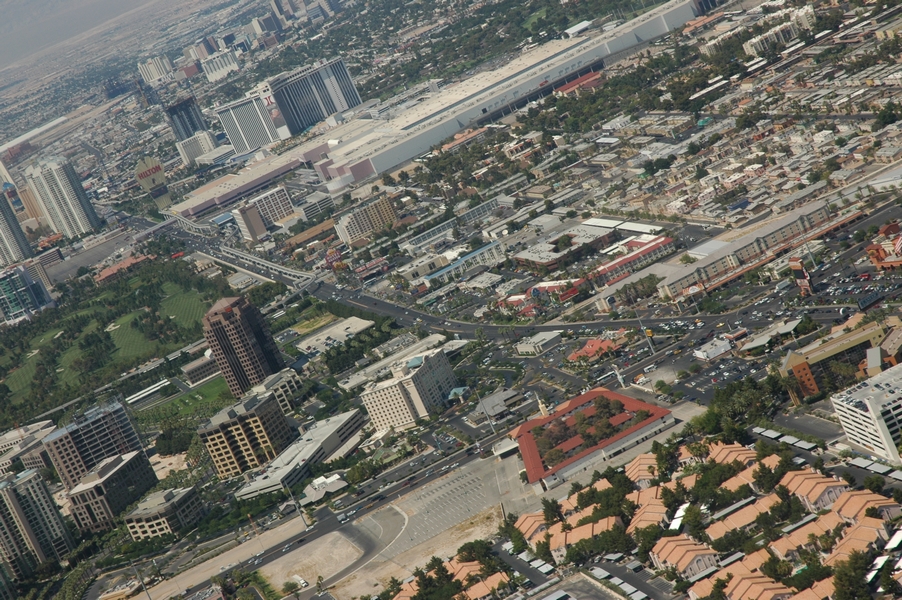 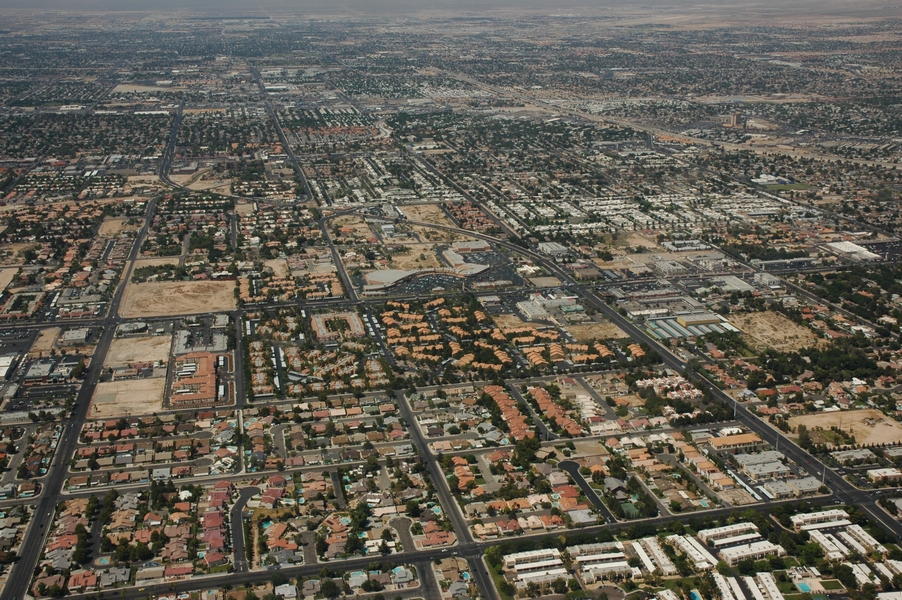 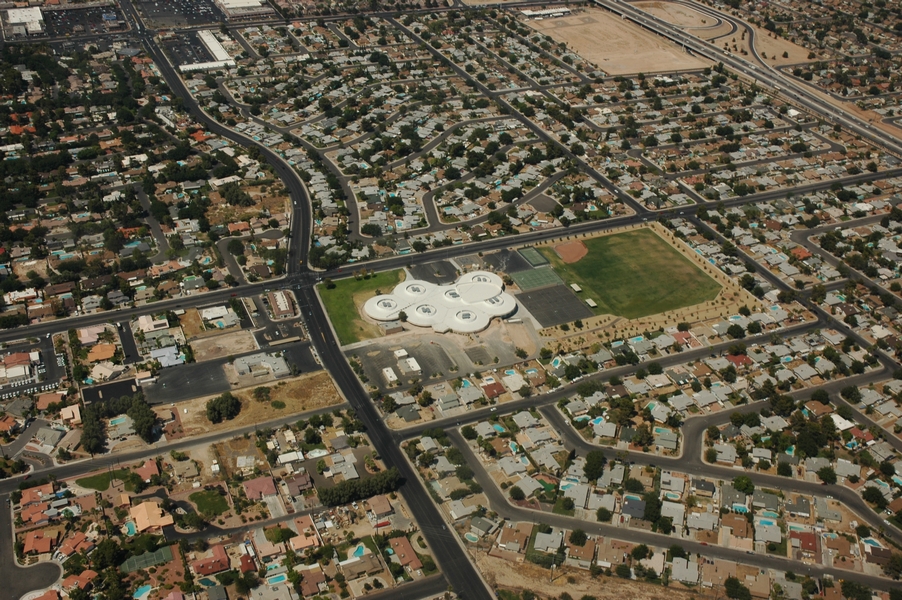 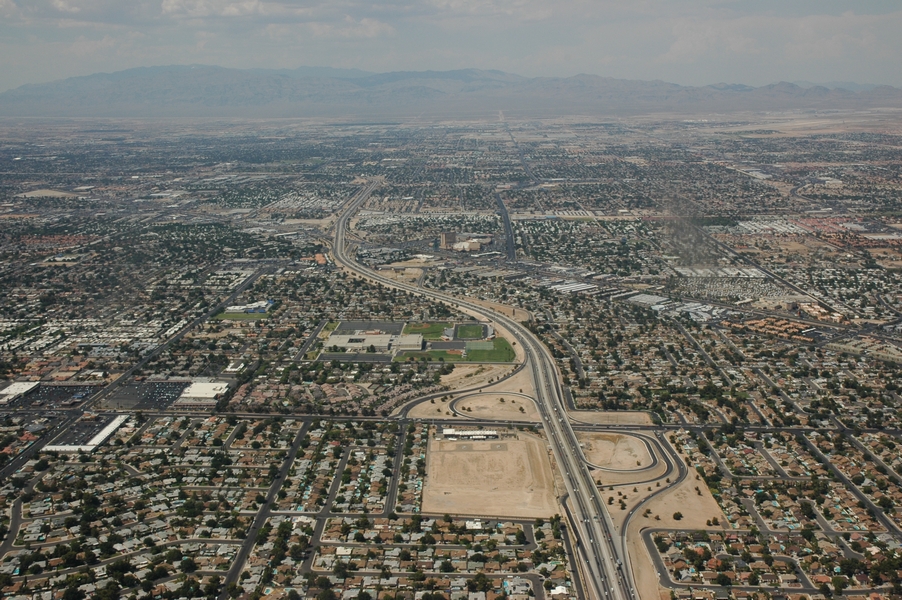 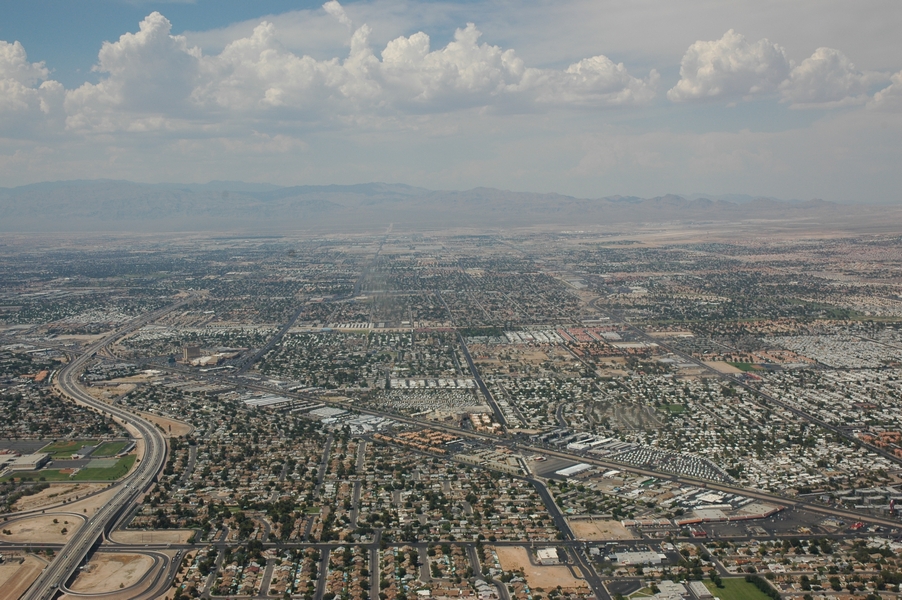 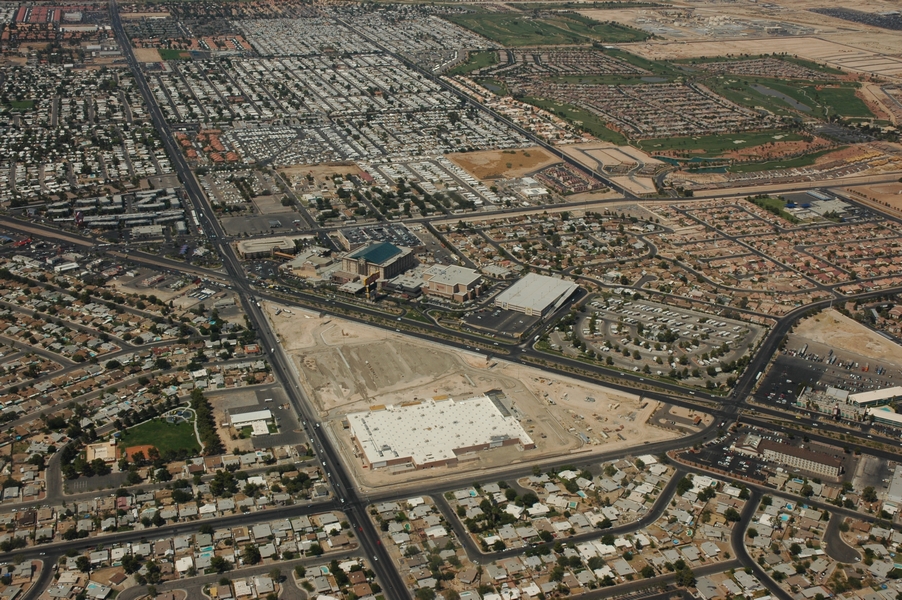 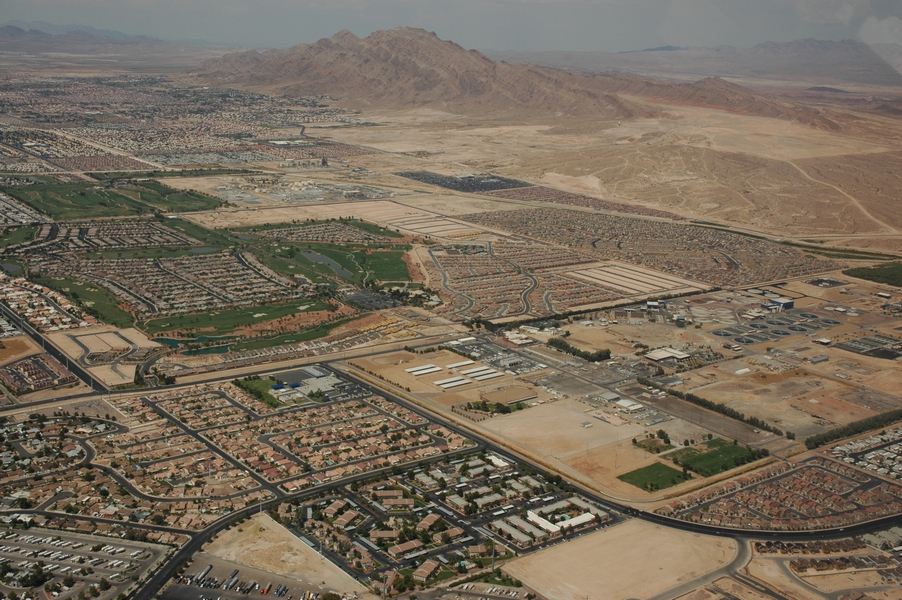 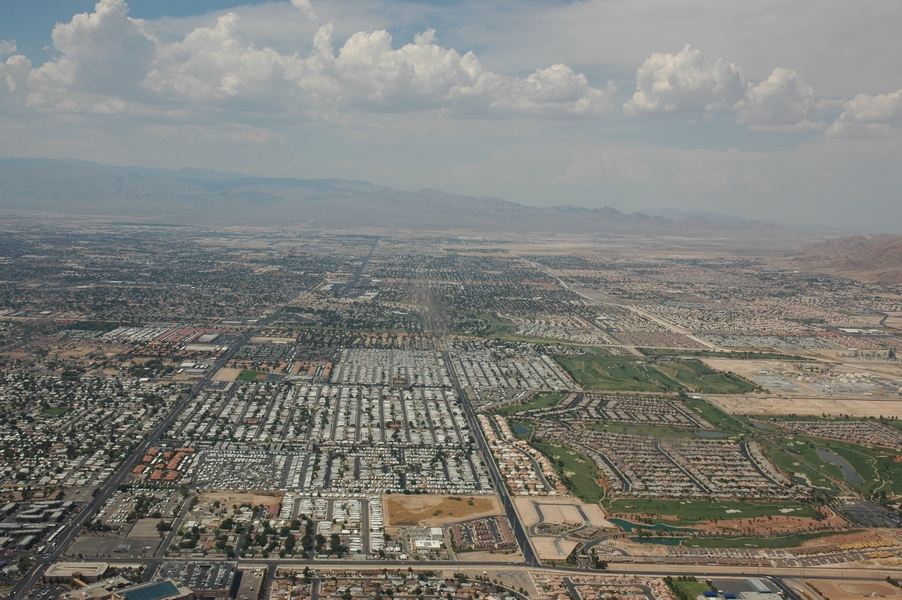 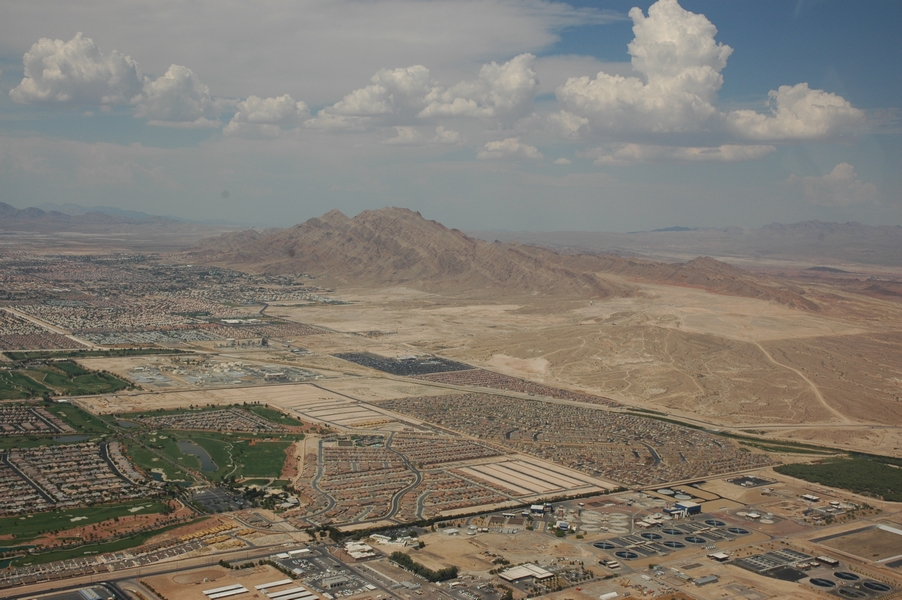 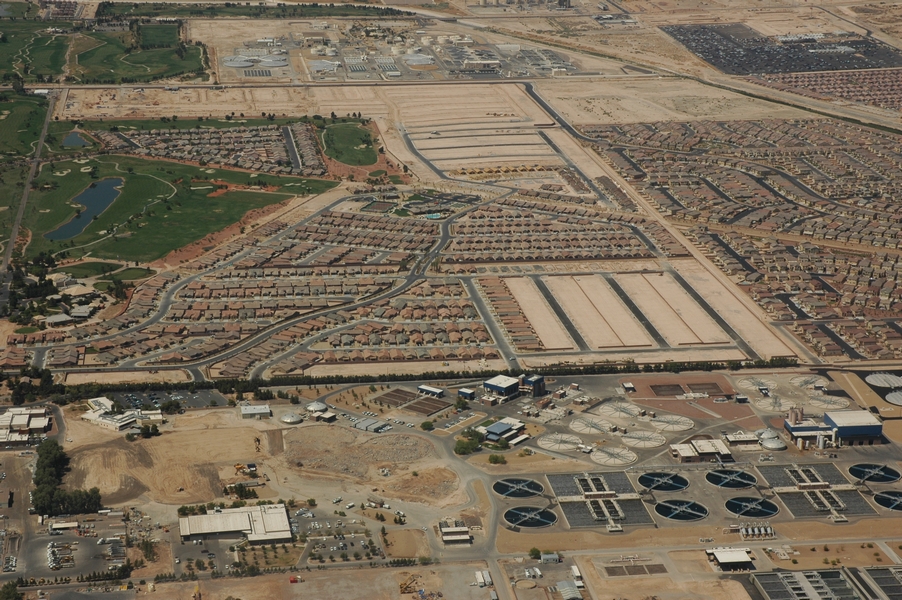 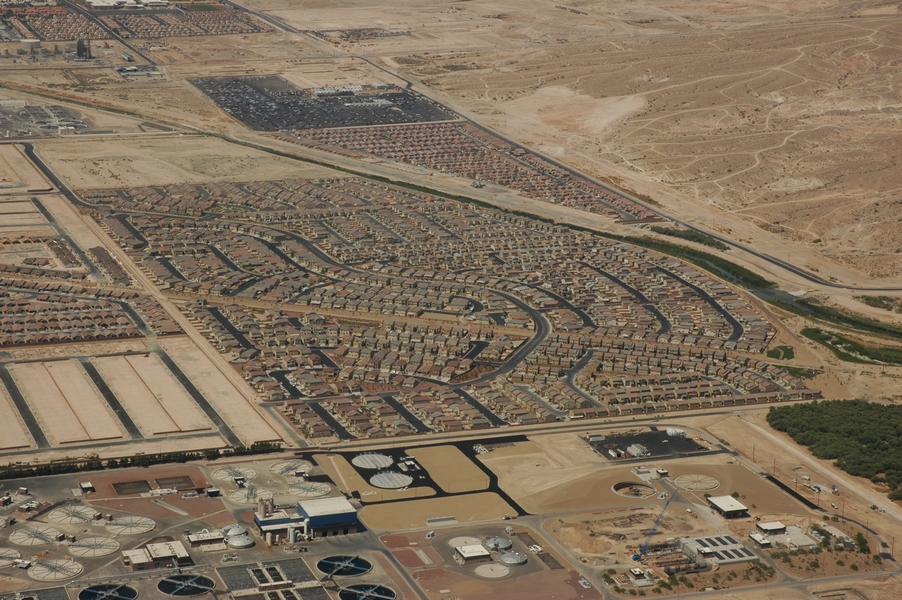   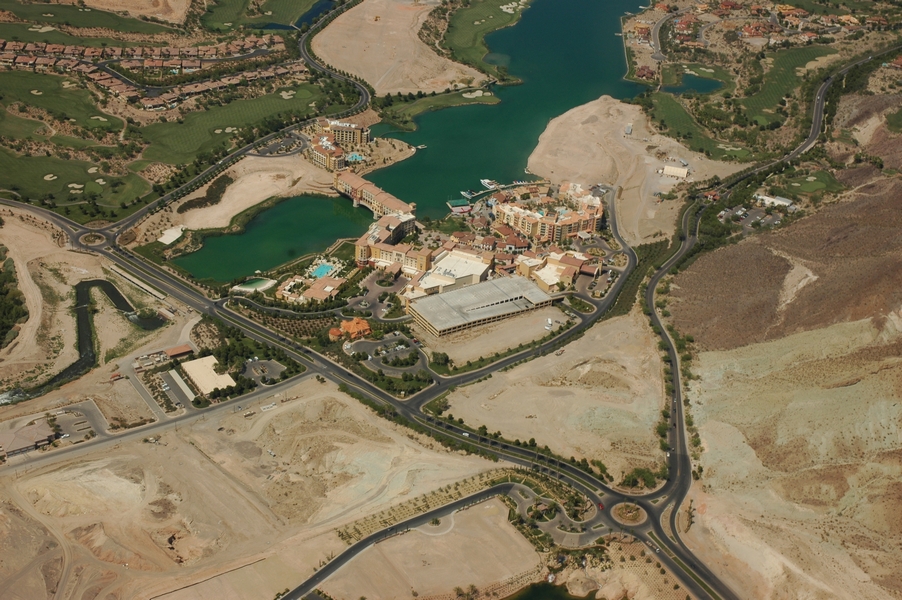  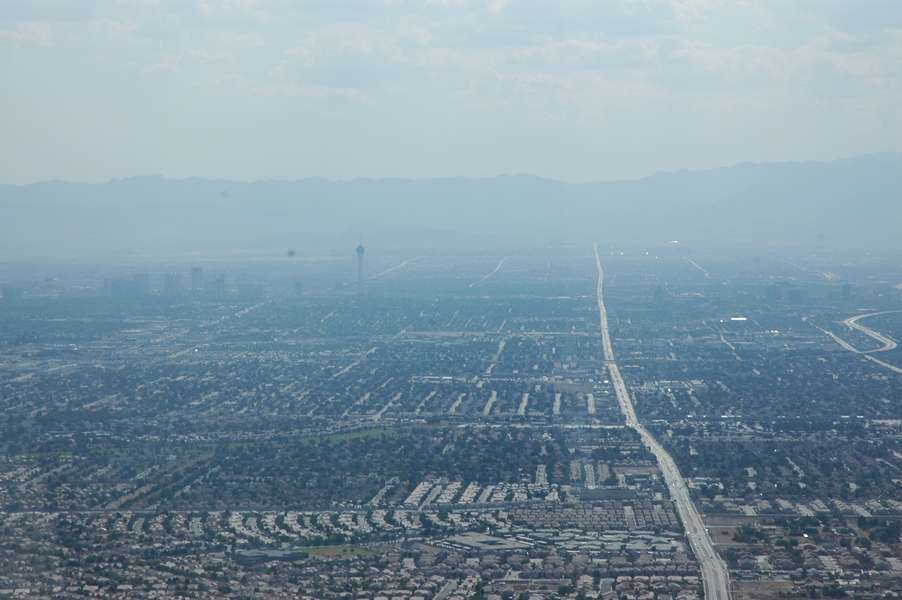 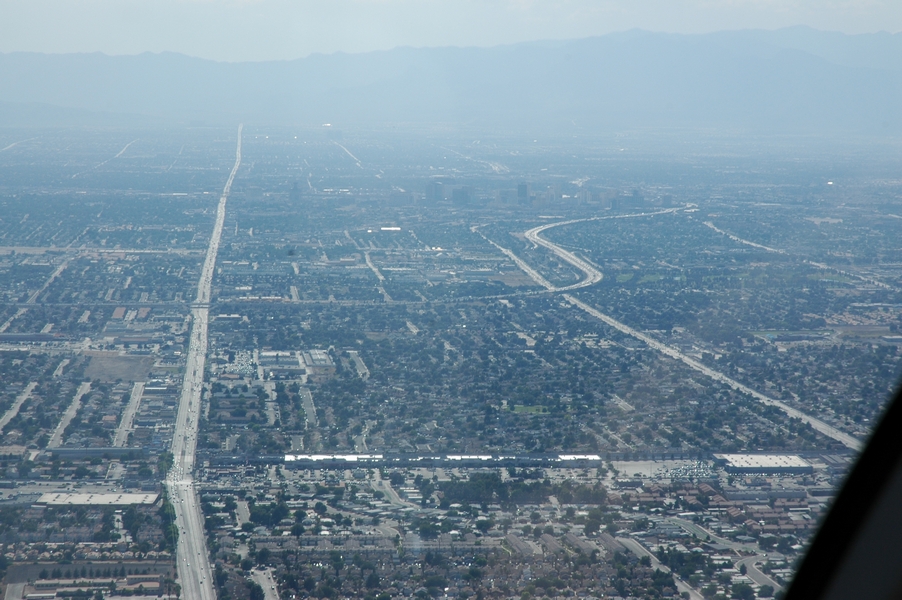 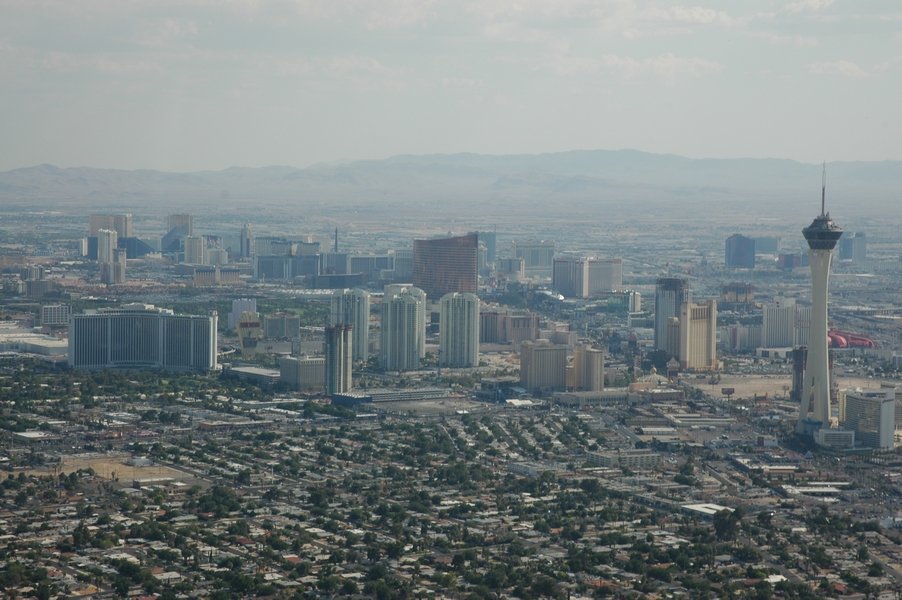  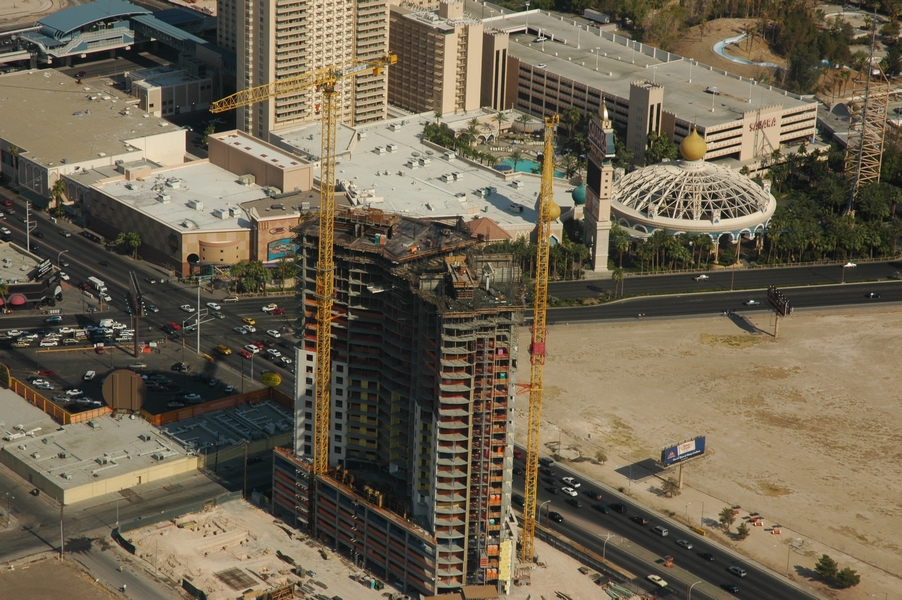 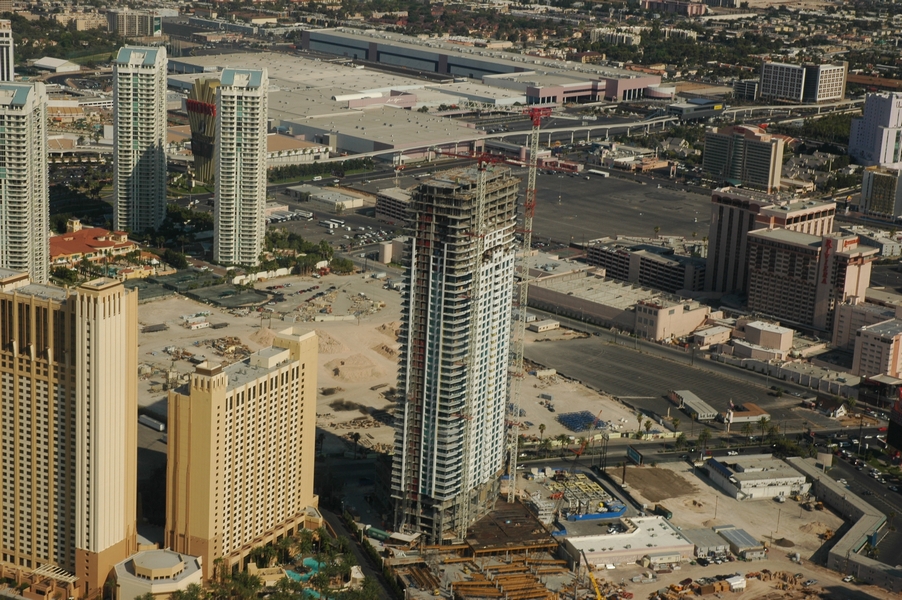 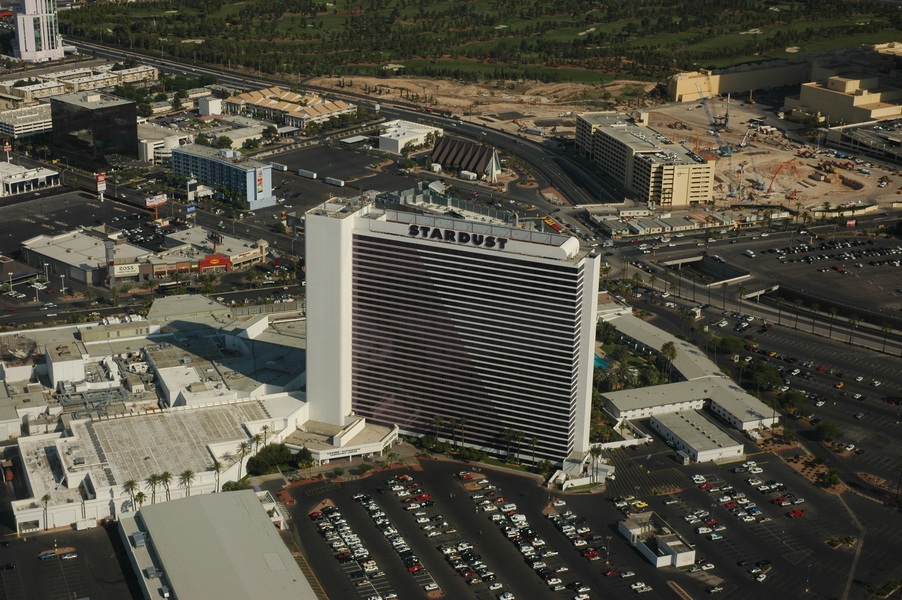 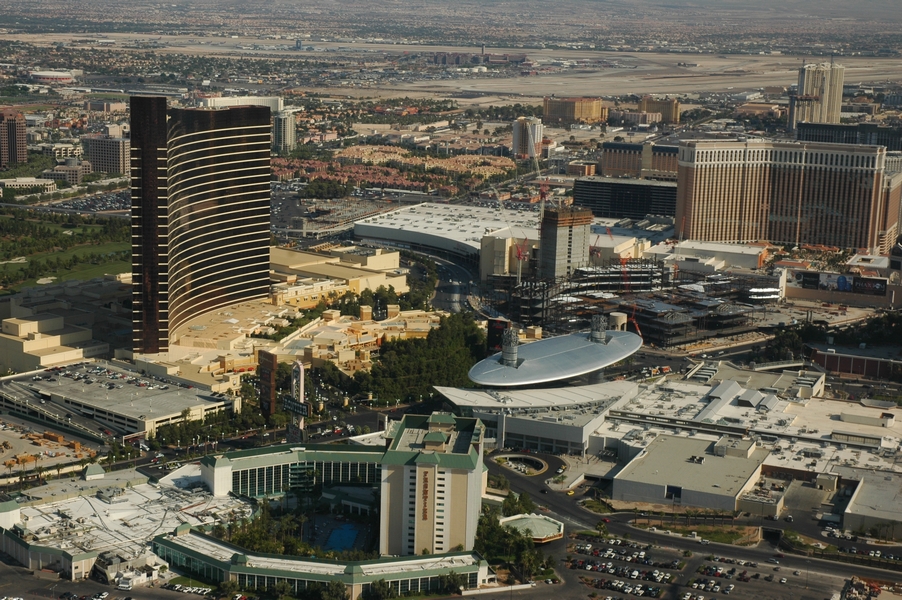  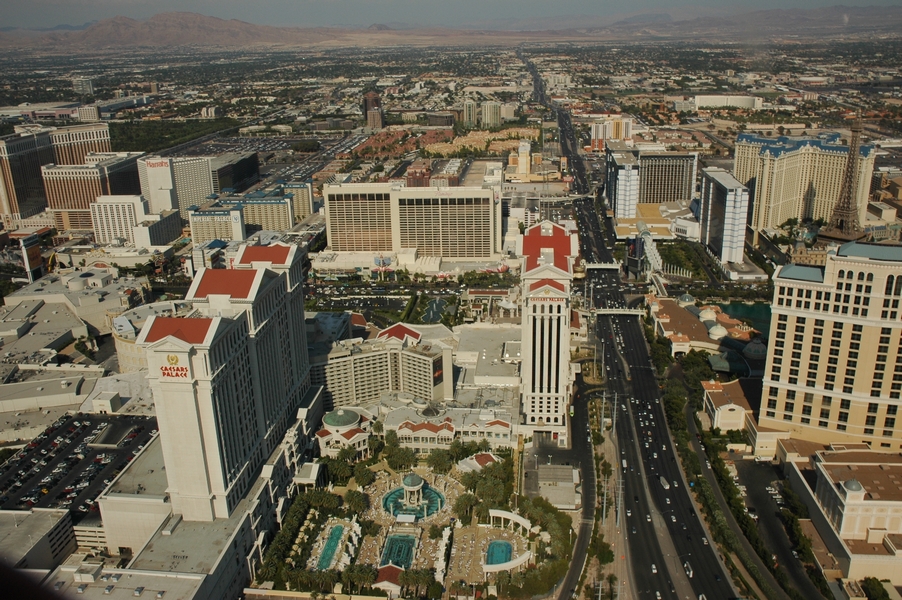 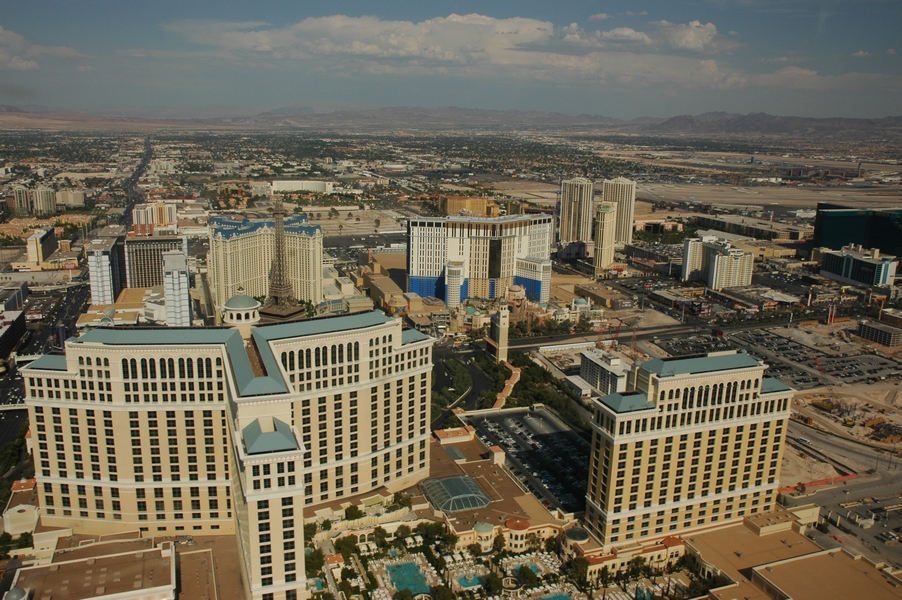 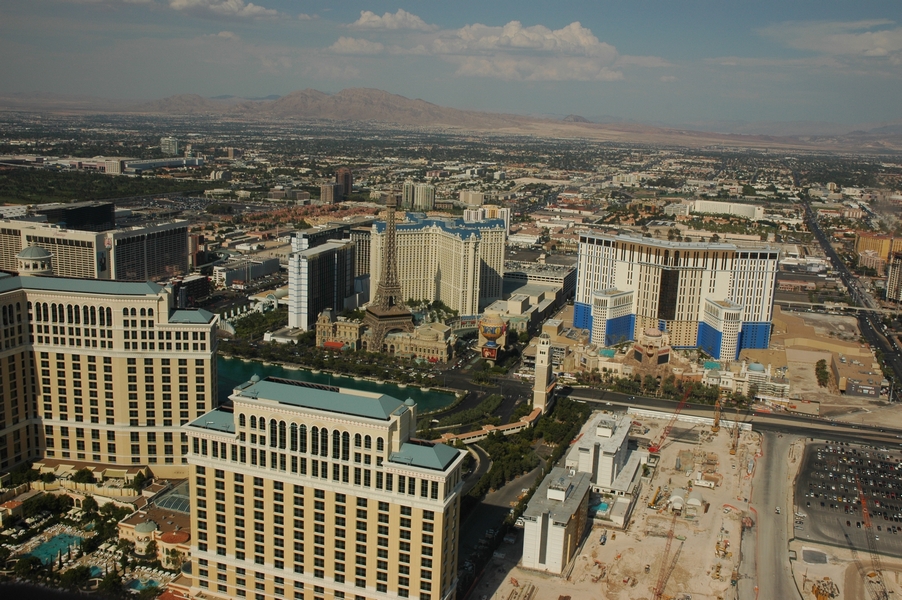 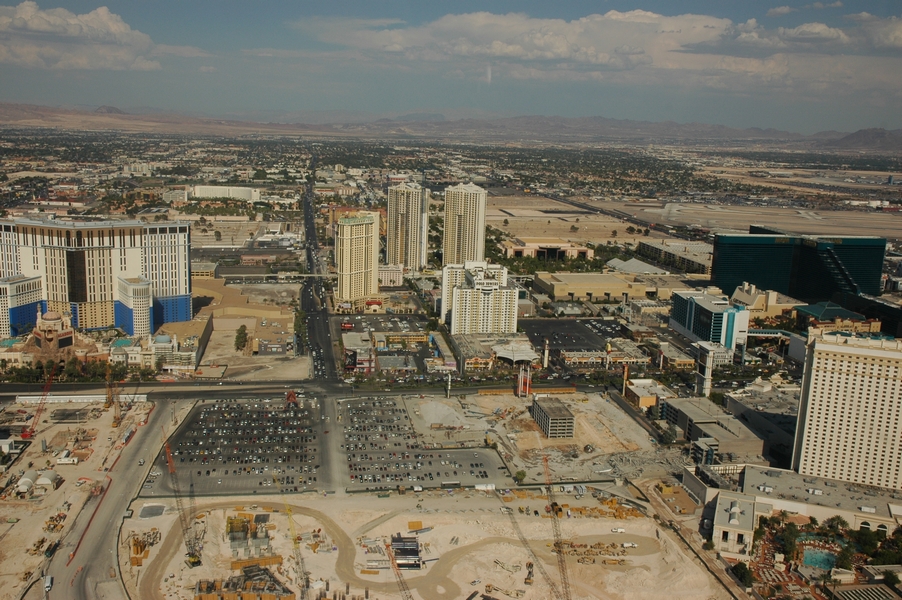 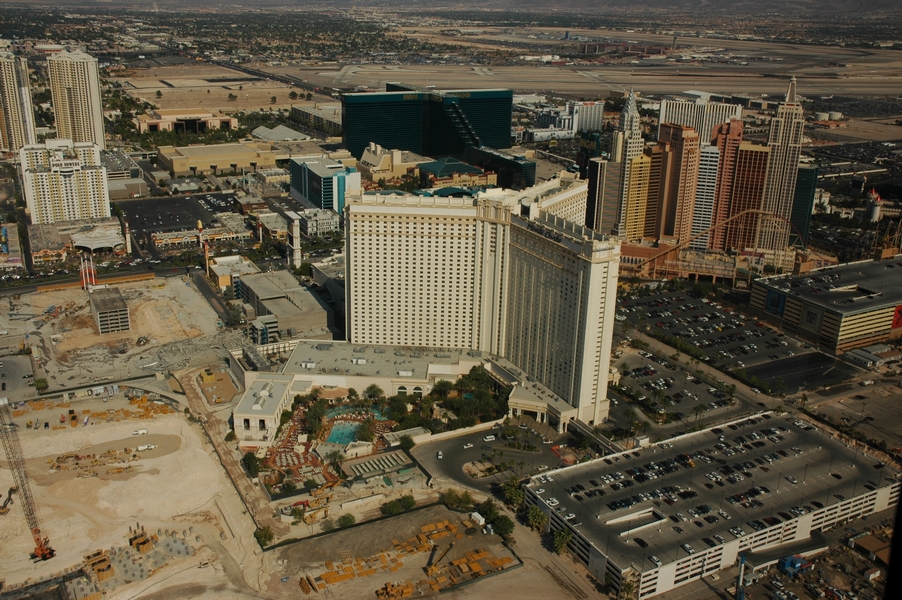 |